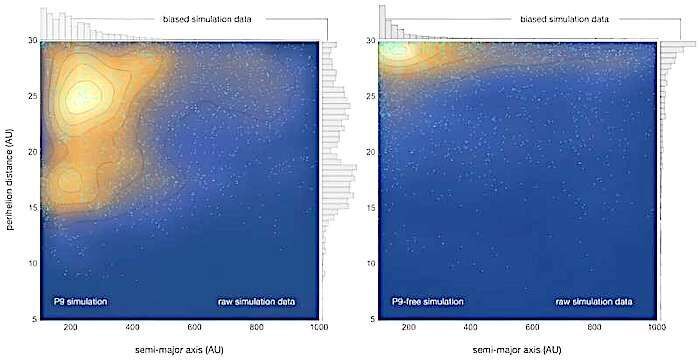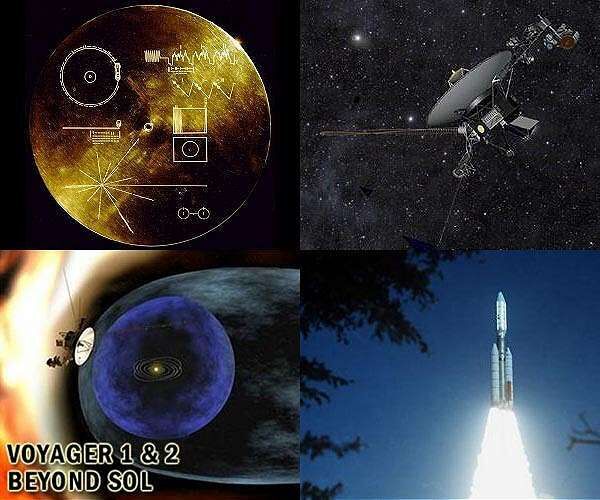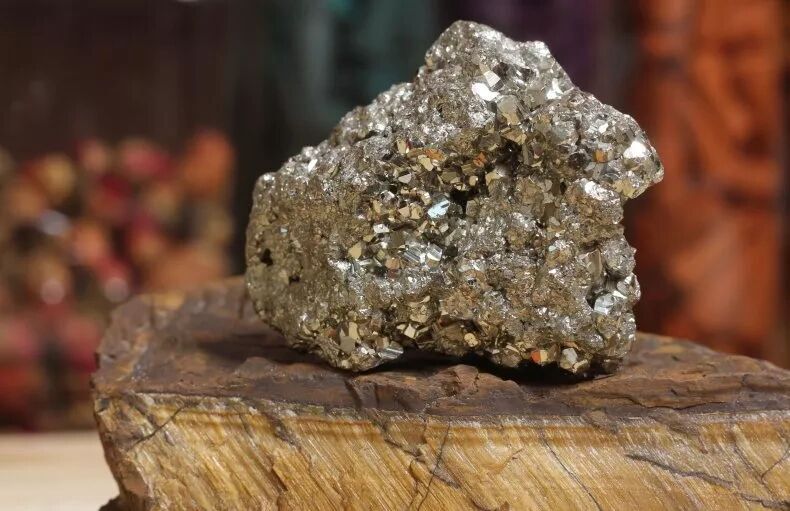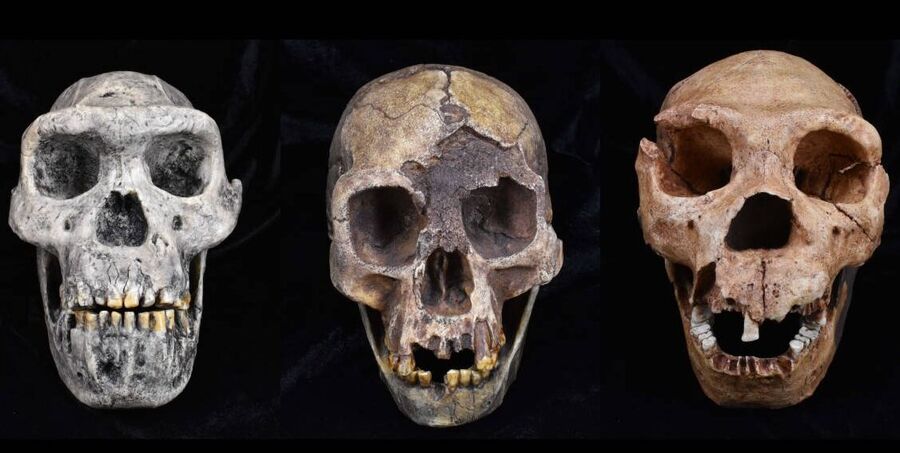
© arXiv (2024). DOI: 10.48550/arxiv.2404.11594A comparison of the orbital distributions from P9-inclusive (left) and P9-free (right) N−body simulations. Both panels depict the perihelion distance against the semi-major axis of orbital footprints of simulated TNOs with i < 40 deg. The overlaying contour lines represent density distributions, with brighter colors indicating higher concentrations of objects. While the panels themselves show raw simulation data, the histograms along the axes show a biased frequency distribution for the perihelion distances (vertical) and semi-major axes (horizontal), assuming a limiting magnitude of Vlim = 24.
A small team of planetary scientists from the
California Institute of Technology, Université Côte d'Azur and Southwest Research Institute reports possible new evidence of Planet 9. They have published their
paper on the arXiv preprint server, and it has been accepted for publication in
The Astrophysical Journal Letters.In 2015, a pair of astronomers at Caltech found several objects bunched together beyond Neptune's orbit, near the edge of the solar system. The bunching, they theorized, was due to the pull of gravity from an unknown planet — one that later came to be called
Planet 9.Since that time, researchers have found more evidence of the planet,
all of it circumstantial. In this new paper, the research team reports what they describe as additional evidence supporting the existence of the planet.
The work involved tracking the movements of long-period objects that cross Neptune's orbit and exhibit irregular movements during their journey. They used these observations to create multiple
computer simulations, each depicting different scenarios.













Comment: As above, so below.